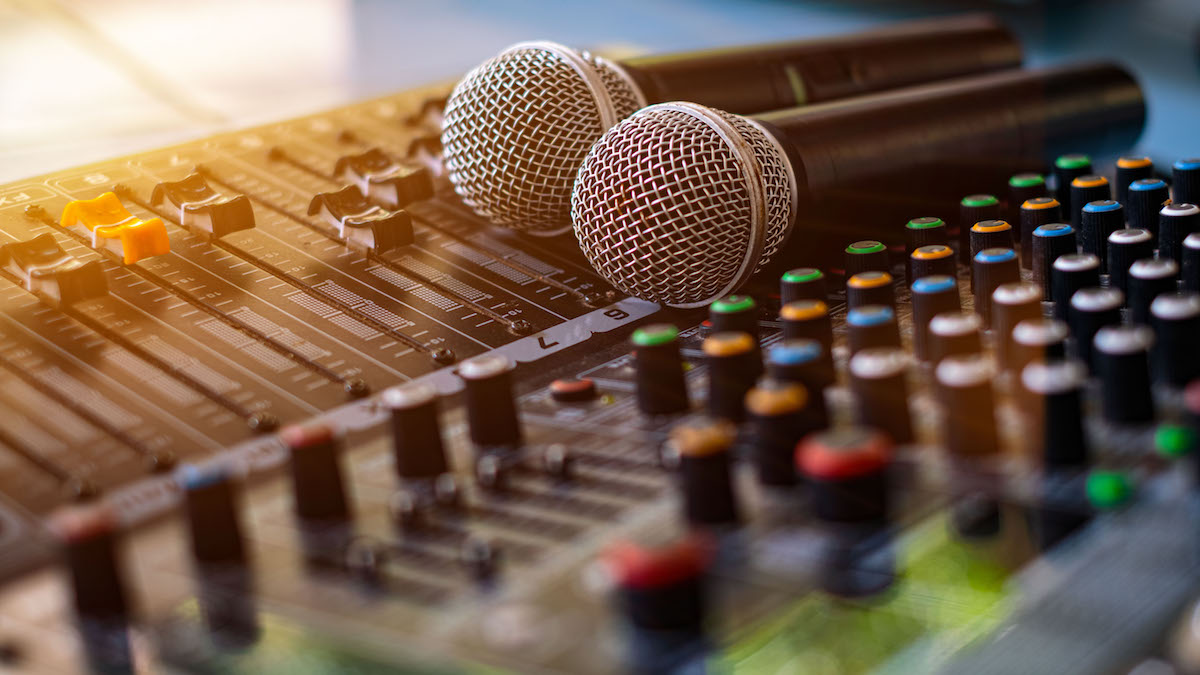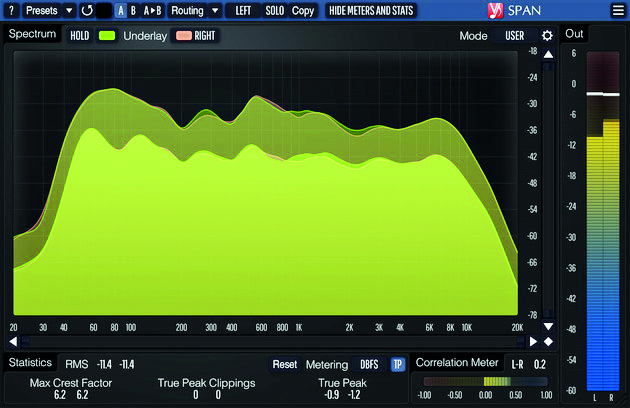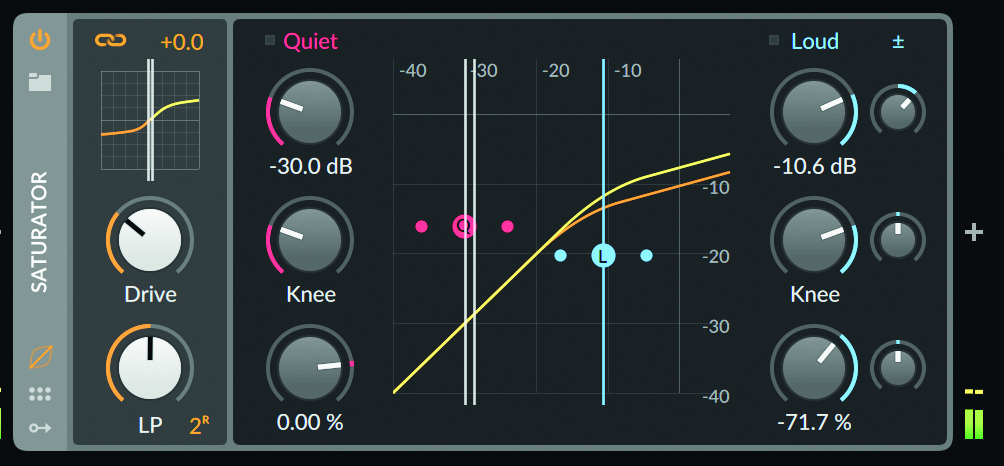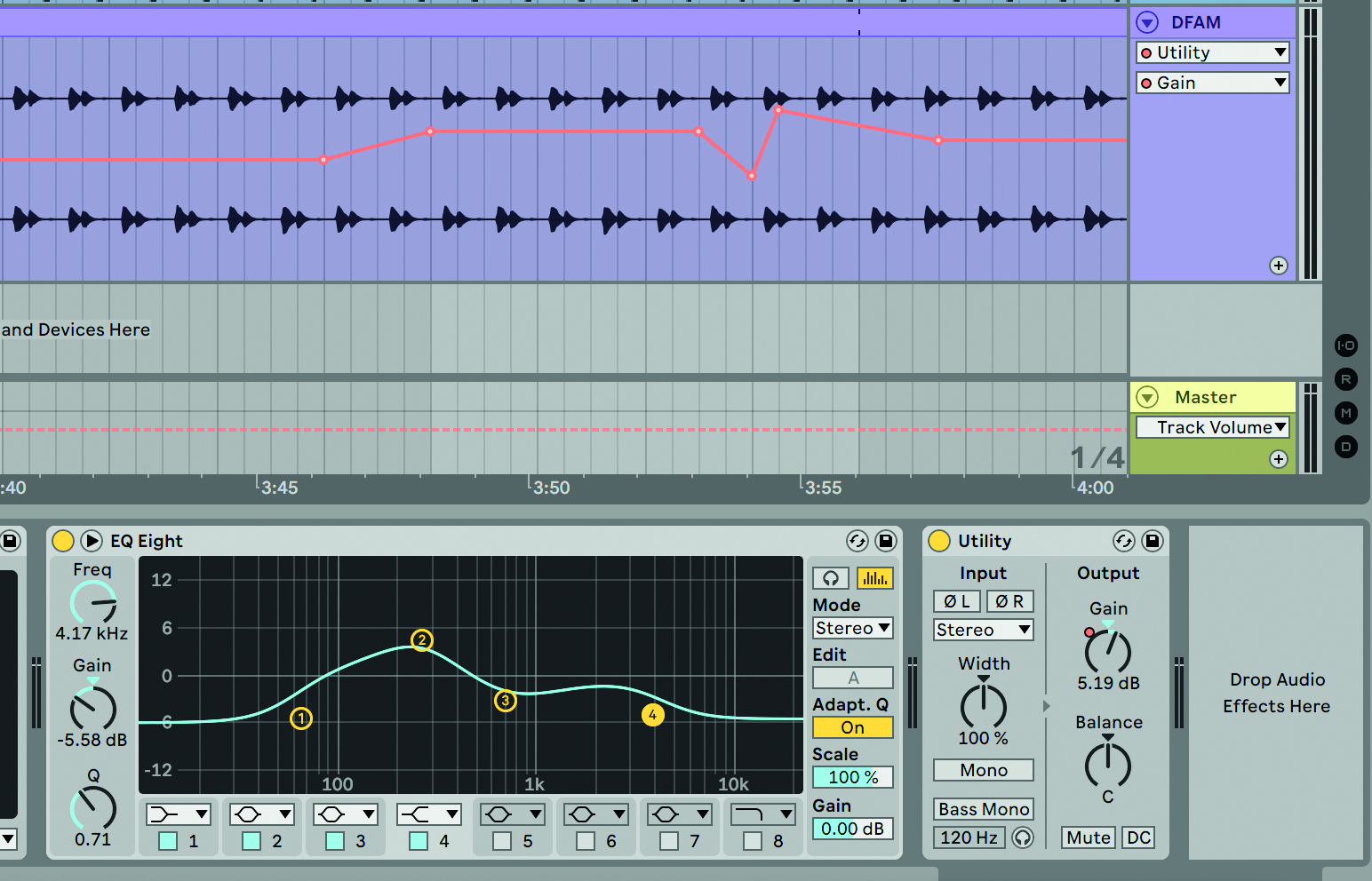9 quick ways to improve your mix
Struggling to perfect your mixes? These quick fixes offer maximum results for minimum effort

Do your finished tracks always end up feeling slightly flat, lifeless or unprofessional in comparison to your favourite releases? Nail that pro sound with these quick mix tips.
1. Create space!
With multiple elements coexisting in a mix, proper use of EQing, volume automation and sidechain compression are all key to avoiding sonic bloat. However, sometimes the best approach is to simply write or program patterns that avoid one another.
This is especially true in dance music and rhythm-centric genres like funk. Rather than have kicks and basslines that vie for low-end space, program one to play in the gaps around the other, so the two parts play off one another rather than battling it out for dominance.
2. Stereo width
One of the most obvious signs of an amateur mix is a lack of width. Keep your core elements down the centre – such as kicks, snares, basslines – but spread peripheral elements such as percussion or pads out to the sides.
Use effects for stereo movements too. Ping-pong delays and wide reverbs can bring a track to life. Phasers, flangers or automated filters are also great tools to apply to elements such as pads, backing vocals or hi-hats, creating movement across the stereo field.
3. Sometimes it's just the wrong sound
Do you have one element in your track that’s causing you hours of mixing woes? A single sound that won’t sit right despite whatever EQ or compression approaches you throw at it?
It could simply be a case of the wrong sound. We’ve all been there; you pick a sample, synth preset or creative effect treatment early on in the creative process, but as your track comes together that original choice no longer suits the overall feel. It’s easy to get blinded by your attachment to your own creative choices, but rather than wrestle with a mix, it’s often easier to simply try a different sound.
Get the MusicRadar Newsletter
Want all the hottest music and gear news, reviews, deals, features and more, direct to your inbox? Sign up here.

4. Mix with your eyes
‘Trust your ears’ is the mantra of most mix engineers; good advice, but it can also help to visualise things every once in a while. Add a spectral analyser to your master bus, such as Voxengo’s free SPAN plugin.
This will give you a good visual look at frequencies at play in your track, which can be handy for identifying bloat or unwanted resonances. Compare your own track to a professional release for reference. See how the balance of frequencies in your mix compares to that in your reference track, and adjust elements as necessary to match them up.
5. Check your phase
The phase relationship between track elements is one of the most commonly overlooked aspects of a mix, and can have a huge impact on the overall sound. Phase issues arise when slight timing differences in similar sounds cause waveforms to misalign.
At its most extreme – two identical sounds with reversed polarity – this can effectively cancel out a sound completely, whereas more subtle phase issues can create effects similar to comb filtering or simply weaken a sound. This is commonly an issue when mixing two near identical audio recordings – such as a stereo miked drum kit or guitar amp – but also presents problems for electronic producers layering drum sounds or similar samples.
There are several ways to address this - some DAWs let you easily flip a sound’s phase polarity or add delay compensation. The most straightforward approach, however, is to simply move one of the offending audio files slightly, or adjust a sample’s start position.

6. Saturation is your friend
Subtle saturation and light distortion is an incredibly underrated mix tool. Musicians often think of vintage compressors and channel strip emulations as tools for that fabled ‘mix glue’ but often a simple saturation effect is all you need to bind sounds and add cohesion.
7. Clean up for clarity
Sampled sounds can often contain a lot of ambience in addition to the desired sound itself. This could mean a long, drawn-out reverb tail, crackle and hiss from an analogue input, breaths between words on a vocal take or low, barely audible rumble beneath sampled audio.
Some ambience can be desirable – pro recordings are often set up specifically to capture the ambience of a certain space. The problem, however, is that multiple characterful, ambient sounds combining in a mix can quickly make the overall track sound bloated. Work out exactly what ambience you need from each of your sounds and clean up whatever isn’t adding anything desirable.
Trim silences from longer takes, use amp envelopes to cut unnecessary tails from samples, use filters or EQ shelves to cut extraneous frequencies. Even if this results in a sound that’s too ‘dry’ overall, it can often be more manageable to apply your own reverb over a bus or as a send effect than rely on the varied ambiences of a multitude of different recordings.
8. Automate your levels
Volume automation is a key tool for preventing an overcrowded mix. Your synth chords might sound great front-and-centre in the mix during an instrumental intro, say, but need to step out of the way when the vocal comes in.
When manually creating volume automation, use your DAW’s ‘utility’ plugin – ie an insert effect that gives a level control. This lets you create volume automation independent from the channel fader, making it easier to apply overall level adjustments without affecting your automation.

9. Distortion for volume
When our ears hear distortion, it can trick our brain into assuming a sound is ‘loud’ even when that’s not necessarily the case. This can be handy when you want to make something sound punchy and impactful in a mix, without it overpowering everything. It’s particularly effective with drums and percussion.
Take a snare or bass-heavy kick and a touch of grit using an insert effect or ‘trash channel’ send. Even without a change in amplitude or much difference in dynamic range, it will have the effect of making the drums sound a bit ‘harder’ and more impactful.


Future Music is the number one magazine for today's producers. Packed with technique and technology we'll help you make great new music. All-access artist interviews, in-depth gear reviews, essential production tutorials and much more. Every marvellous monthly edition features reliable reviews of the latest and greatest hardware and software technology and techniques, unparalleled advice, in-depth interviews, sensational free samples and so much more to improve the experience and outcome of your music-making.
"If I wasn't recording albums every month, multiple albums, and I wasn't playing on everyone's songs, I wouldn't need any of this”: Travis Barker reveals his production tricks and gear in a new studio tour
“My management and agent have always tried to cover my back on the road”: Neil Young just axed premium gig tickets following advice from The Cure’s Robert Smith










